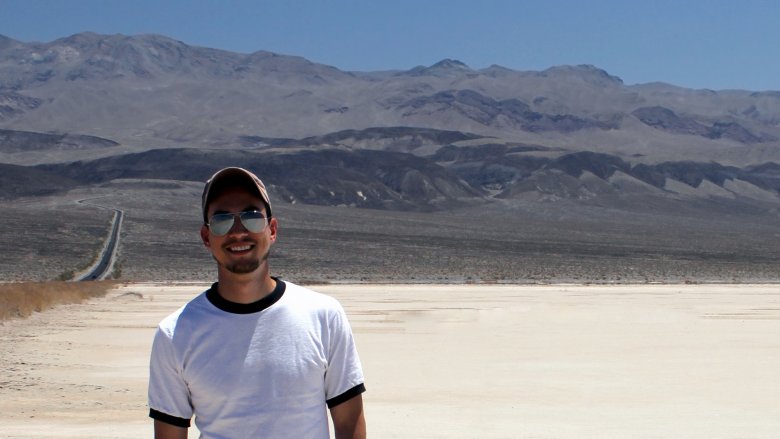This Is Why Death Valley Is So Hot
The hottest temperature ever recorded anywhere on Earth was in Death Valley on July 10, 1913, when the mercury reached 134 degrees Fahrenheit. In case you're wondering how hot that is, it's Really Danged Hot.
What is it about Death Valley in particular that makes it such an oven? It's less than 150 miles from Bakersfield, California (as the crow flies), and the record high temperature there was "only" 118, so there must be something going on geographically that accounts for the huge difference in temperature between Death Valley and its neighbors.
According to Medium, Death Valley is sort of the perfect storm of crappy conditions. It has an average yearly rainfall of around 2 inches, which is such a spectacularly crappy number that it out-craps the rainfall numbers even in some other deserts, including the Mojave, which gets 3.37 inches of precipitation in the lowlands each year, and the Gobi desert, which gets an average of 7.6 inches. And since there's not very much water, there are also not very many plants, which means the only things around to absorb the energy of the sun are those vast expanses of sand.
Also, Death Valley is surrounded by a mountain range that is 4,000 feet in elevation, but Death Valley itself is below sea level — in fact, at its lowest point, it's 282 feet below sea level. So all of the heat radiating off of the sand and rocks on the floor of that very low valley doesn't have anywhere to go. Some of it cools a little as it rises along the walls of the valley, but then it falls back down and gets reheated by hot sand and rock and the low elevation air pressure. Basically, it's a convection oven just like the one you use to bake cookies, only Death Valley is baking all of the hikers who for some reason want to go there.
So yeah, the moral of this story is, maybe don't go to Death Valley in the summer.
